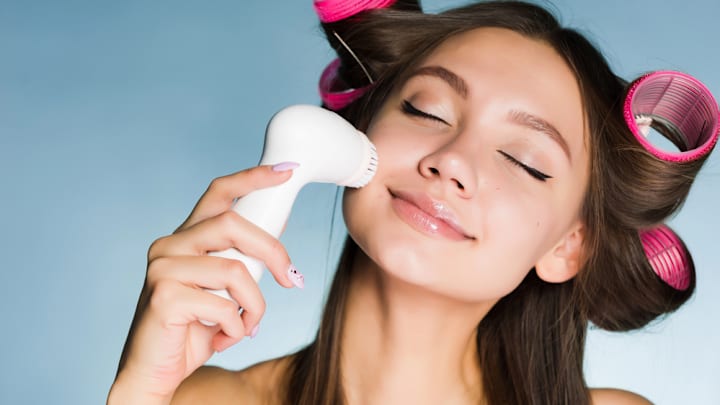Why Beauty Should Feel Like Play, Not Pressure

Why Beauty Should Feel Like Play, Not Pressure
Beauty has always been a mirror—reflecting not only the image we see in ourselves but also the messages society sends about who we should be. For decades, this mirror has been clouded by impossible standards, rigid ideals, and the ever-present weight of "should." But what if we reframed beauty entirely? What if beauty became less of a performance and more of a playground?
The Weight of “Should” in Beauty
The modern beauty industry, for all its glitz and glamour, often operates on a foundation of insecurity. It tells us we should be smoother, slimmer, younger-looking, more contoured. It wraps up this messaging in the illusion of empowerment—offering products that promise confidence while whispering that we’re not enough without them.
For many, engaging with beauty feels more like a to-do list than a creative expression. There’s a sense of duty—wax this, plump that, conceal here, enhance there. The joy of experimentation becomes buried beneath the pressure to conform. What should be a personal ritual of self-care morphs into a public performance of worthiness.
Rediscovering the Joy of Play
Now imagine a different approach—one that treats beauty like play. Think back to childhood, when face painting was for fun, when smearing glitter on your eyelids wasn’t about looking a certain way but feeling magical. When beauty becomes play, it becomes a form of exploration. You’re not trying to fix anything; you’re expressing something.
In this mindset, makeup isn’t about hiding flaws—it’s about creating art. Skincare isn’t about panic-aging prevention; it’s a nurturing moment to connect with yourself. Fashion becomes a costume box, not a measuring stick. This shift allows space for silliness, for joy, for self-discovery. It places agency back in the hands of the individual, rather than leaving it in the grip of advertising algorithms and magazine covers.
The Role of Culture and Community
Of course, it’s not just individuals who must redefine beauty. Culture itself must loosen its grip on prescriptive ideals. Social media, which can amplify unrealistic standards, also has the power to celebrate playful beauty—colorful eyeliner tutorials, bold body positivity, wild hair transformations. Communities that embrace quirky, authentic expression are paving the way for a more liberated beauty landscape.
This cultural movement isn’t about abandoning beauty—it’s about reclaiming it. It’s about moving from consumption to creation. Instead of buying into trends, people are inventing their own. Instead of striving for perfection, they’re leaning into curiosity.
When Beauty Feels Light, Not Heavy
The impact of this mindset shift is profound. When beauty is play, not pressure, it becomes sustainable. You’re no longer motivated by fear or comparison but by delight. There’s less guilt in skipping a routine, less anxiety in aging, less judgment in difference. Beauty becomes fluid, adaptive, and—most importantly—fun.
It doesn’t require you to be anyone other than who you are in that moment. Some days that might mean no makeup at all. Other days it might mean neon eyeliner and a temporary tattoo of a banana on your cheek. Both are equally valid. Because when beauty is playful, it ceases to be a ranking system and becomes a sandbox instead.
A Mirror You Can Dance In Front Of
Beauty isn’t going anywhere—but the way we approach it can change radically. We don’t need to discard the tools of beauty; we just need to reframe our relationship with them. Let brushes be wands, not erasers. Let skincare be a love letter, not a lifeline. Let style be a mood board, not a uniform.
Ultimately, beauty should feel like something you get to do, not something you have to do. Like putting on your favorite song and dancing in front of the mirror—not to impress anyone, but just to feel alive. Isn’t that what beauty’s about anyway? Not being seen, but being felt.